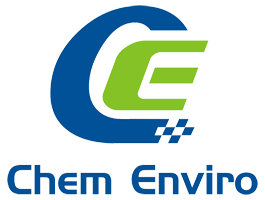Activated alumina and molecular sieves may look the same expect the color, but they have different uses and applications. To make an informed decision for your industry, you need to understand both in detail. Here is your complete guide to what activated alumina and molecular sieves are.
The Differences Between Activated Alumina and Molecular Sieves
Both these products look the same as they come in a spherical shape. They also have regenerative properties as you can re-use them after the desiccants have reached capacity. However, they are as different as day and night.
So, how are they different? Here is your answer:
- What They Are Made Of
The most significant difference comes from how activated alumina (alumina adsorbent)and molecular sieves are made. Keep in mind that activated alumina is made of aluminum oxide. The element is highly porous.
On the other hand, the molecular sieve is made of crystalline metal aluminum-silicates. In simple terms, the pores present on the molecular sieve can be shaped into particular sizes such as 4A, 3A, etc. However, activated alumina does not have pores that can offer specific measured sixes.
In practical terms, that means that the molecular sieves can separate specific molecules of certain sizes from one another. For example, it can be used to remove ammonia from streams of natural gas.
- Application
The second most significant difference is the application of these materials. Activated alumina has a high and mighty water adsorption capacity. That means it can quickly adsorb more water than molecular sieves.
That is why activated alumina is incredibly useful when it comes to natural gas processing applications. Since activated alumina is highly durable, it can withstand high levels of humidity and pressure. On the other hand, activated alumina is unable to separate specific molecules from one another, and it can’t adsorb many materials.
Because of these properties, activated alumina would be ineffective for applications such as ethanol dehydration. It will adsorb water and ethanol molecules, meaning that separation won’t take place. On the other hand, molecular sieves can’t adsorb as much water as activated alumina.
However, when needed, the molecular sieve can reduce water to a low amount. Other adsorbents are incapable of performing this application. Besides that, it is also used to separate specific molecules from one another due to its pores.
- Characteristics
Last but not least, molecular sieves and activated alumina differ in their characteristics. Here are some of the most essential features of activated alumina:
- High bulk density
- Uniform pore distribution
- Catalyst carrier
- Has a strong affinity with the active ingredient
- Unique structure
Here are some of the most essential features of molecular sieves:
- The surface has a high acid concentration
- Excellent specific surface areas
- Pore openings
- Can be regenerated
Final Words
That was your complete guide to the differences between activated alumina and molecular sieves. If you are looking for the best ones for your industry, look no further. You can opt for our activated alumina and molecular sieve to include in your industrial applications.



